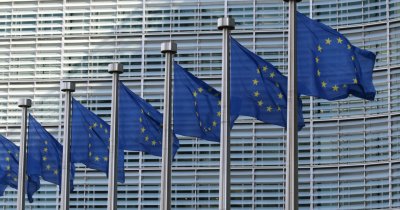GWEC's report, which was published on Monday, states that in 2021 there was a little less wind power installed compared to the previous year, 93.6 gigawatts compared to 95.3 GW.
Nevertheless, this enabled the world's total wind power capacity to grow to 837 gigawatts, although that is not necessarily the amount of energy produced, but rather a theoretical total output.
According to CNBC, offshore wind power capacity grew by 21.1 GW in 2021, which is the best year yet, while the onshore capacity grew by 72.5 GW, compared to 88.4 GW the year before.
Members of GWEC include companies like Vestas, Shell and Orsted, and according to the council, the main countries responsible for the lower adoption of green wind energy in 2021 were the United States and China.
The reason for China's drop to 30.7 GW in 2021 from more than 50 GW in 2020, says GWEC, is most likely due to the ending of the country's feed-in-tariff.
Meanwhile, the U.S. installed 12.7 GW of onshore capacity in 2021, 4.16 GW lower than the previous year, and GWEC says that Covid-19 and supply chain issues are the reasons behind this decline.
GWEC is concerned that the slowdown in adoption of clean energy means that the climate goals for 2030 could be affected.
The representatives said that "at the current rate of installation, GWEC Market Intelligence forecasts that by 2030 we will have less than two-thirds of the wind energy capacity required for a 1.5°C and net zero pathway, effectively condemning us to miss our climate goals.”
The report went further by mentioning that wind power “must quadruple from the 94 GW installed in 2021 within this decade to meet our 2050 goals.”
The report released by GWEC on Monday also asked for the simplification of procedures regarding permitting in order to make installing wind power easier and get it to as many places around the globe as possible.
Ben Backwell, CEO of GWEC, said that "scaling up growth to the level required to reach Net Zero and achieve energy security will require a new, more proactive approach to policy making around the world."
“The last 12 months should serve as a huge wake-up call that we need to move decisively forward and switch to 21st century energy systems based on renewables”, he added.
The International Energy Agency recently reported that 2021 saw the highest energy-related carbon emissions in history, increasing by 6% with 36.3 billion metric tons.
 Mihai - Cristian Ioniță
Mihai - Cristian Ioniță












Any thoughts?